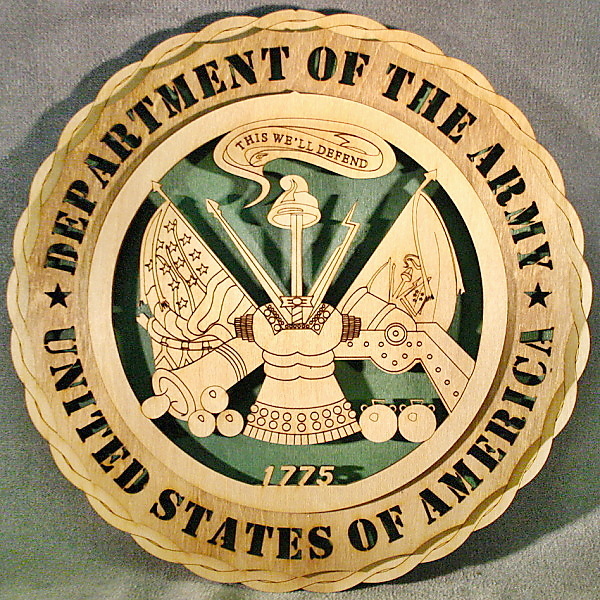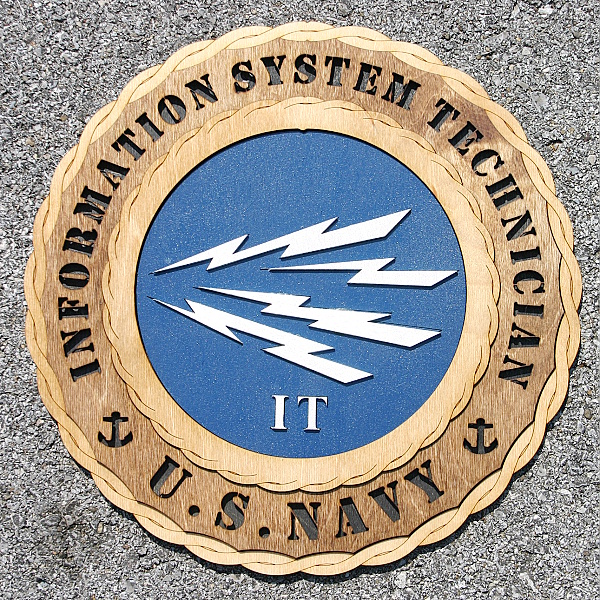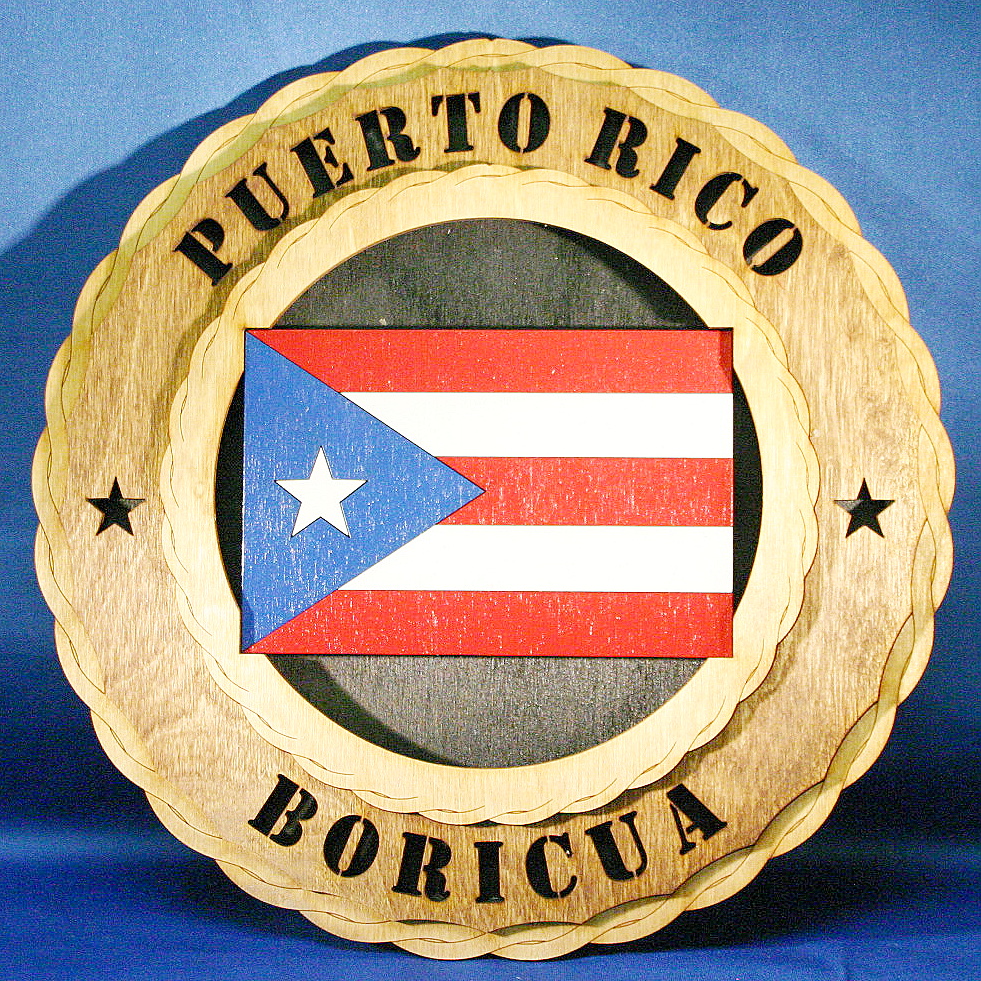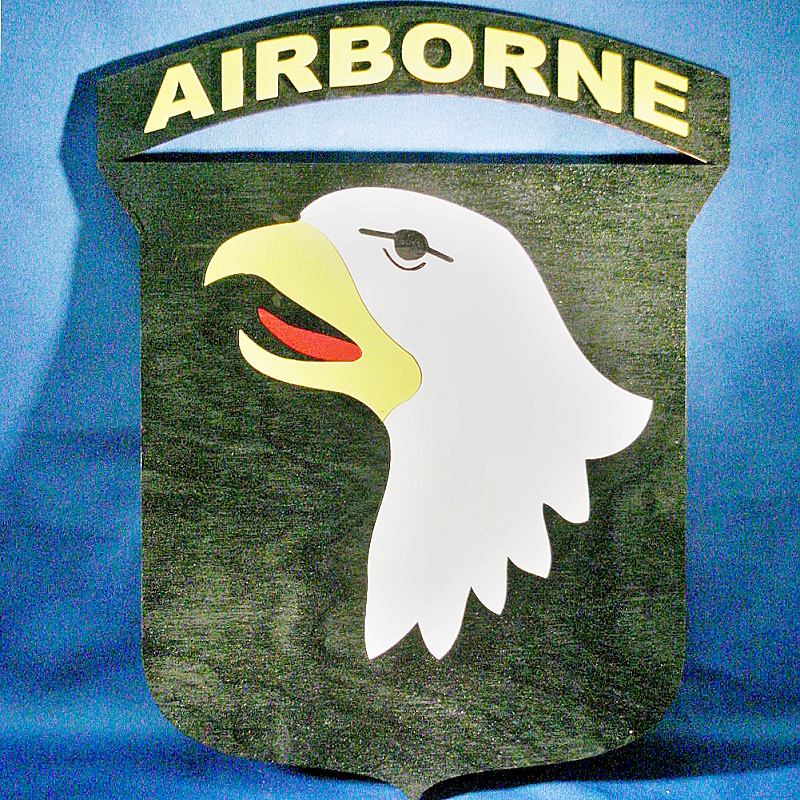4th Division Marine
World War II
 Across the litter on Iwo Jima's black sands, Marines of the 4th Division shell Japanese positions, 1945
Across the litter on Iwo Jima's black sands, Marines of the 4th Division shell Japanese positions, 1945This division was formed by the organization and redesignation of several other units. The 23rd Marine Regiment began as infantry detached from the 3rd Marine Division in February 1943, the same month that an artillery battalion of the 12th Marines became the genesis of the 14th Marines and engineer elements of the 19th Marines formed the nucleus of the 20th Marines. In March the 24th Marine Regiment was organized, and then in May it was split in two to supply the men for the 25th Marines.
This war-time shuffling provided the major building blocks for a new division. The units were originally separated, however, with the 24th Marines and a variety of reinforcing units (engineer, artillery, medical, motor transport, special weapons, tanks, etc.) at Camp Pendleton in California. The rest of the units were at Camp Lejeune, North Carolina. This East Coast echelon moved to Pendleton by train and transit of the Panama Canal in July and August. When all the units were finally together, the 4th Marine Division was formally activated on August 14, 1943, with Major General Harry Schmidt in command.
After intensive training, it shipped out on 13 January 1944, and in 13 months made four major amphibious assaults, in the battles of Kwajalein (Roi-Namur), Saipan, Tinian, and Iwo Jima, suffering more than 17,000 casualties. It was awarded two Presidential Unit Citations and a Navy Unit Commendation, and then deactivated 28 November 1945.
The division patch worn on Saipan had a gold “4” on a scarlet background, the official colors of the U.S. Marine Corps. The emblem was designed by SSgt John Fabion, a member of the Division’s Public Affair’s Office before the Marshalls Campaign. His commanding officer was astonished to find that when the Division attacked Roi Islet in Kwajelein Atoll in the Marshall Islands (January 1944), the layout of the runways on the airstrip there were an exact replica of the “4”.
Reactivation
In February 1966, it was reactivated as the only division in the Marine Forces Reserve.[2]
Background: Early in 1962, Secretary of Defense Robert S. McNamara indicated to the Congress that he wanted the Marine Corps to have a fourth division/wing team, to be formed of Ready Reserves. In April of that year, the Commandant of the Marine Corps announced a major reorganization of the Marine Corps Reserve to be effective 1 July 1962. In this reorganization, 53 reserve units were redesignated as 4th Marine Division units. While 1 July 1962 is regarded as the date of reactivation of the division, it was not until 14 February 1966 that the 4th Marine Division headquarters nucleus was actually activated at Camp Pendleton. The division was given the primary mission "to establish an effective staff nucleus capable of directing, controlling and integrating, as directed, the mobilization planning and logistics functions preceding the activation of the 4th Marine Division and of ensuring an orderly and efficient mobilization of the division." Major General Robert E. Cushman, Jr., commanding general of Camp Pendleton was given the additional responsibility as the commanding general of the division.[3]
On 23 June 1966, the World War II division colors were presented to General Cushman, significantly at a 4th Marine Division Association meeting at Camp Pendleton, California. Reminiscent of a passed torch, a new generation of Marines was eager to prove itself worthy of the trust attendant in the acceptance of the proud colors.[3]
Even before the headquarters nucleus had been formed, still other changes were on the drawing board. In late 1965, the Commandant approved a plan to further reorganize the Organized Marine Corps Reserve so that the division/wing team would become a "mirror image" of its regular counterparts. The first step toward achieving this goal was to reorganize the 4th Marine Aircraft Wing so that it would reflect an active wing. Other steps that were required to accomplish the Commandant's directive were: establish division combat and combat support units together with certain force troops units; form the 4th Force Service Regiment (completed in June 1968); and form FMF augmentation units. To complete the reorganization, active, duty colonels were assigned as commanders of the reserve regiments, reserve brigadier generals were assigned as assistant division commanders, and an active duty general officer was assigned as a full-time division commander. All of these changes were made by 15 July 1970 when Brigadier General Leo J. Dulacki arrived to take command of the division. One month later, General Dulacki was promoted to major general. The "nucleus" designation was dropped with the command unit now being designated as Headquarters, 4th Marine Division.[3]
 Marines of the 4th Division prepare to move a simulated casualty to a helicopter at Camp Pendleton
Marines of the 4th Division prepare to move a simulated casualty to a helicopter at Camp PendletonWith the division's new structure came a new mission. The division was now responsible for training all Organized Marine Corps Reserve ground units. The Commandant's intent of 1965 had been accomplished and the Marine Corps had one more division/wing team. The new change antedated by three years the "Total Force Concept," the Department of Defense policy of integrating reserve component units into the wartime planning and programming process.[3]
The 4th Marine Division was now a fully structured force cn its own right, able to muster and move out to a combat assignment within a relatively short period of time. In still another change, effective 17 May 1976, the 4th Division Support Group was formed, providing the division with selective combat service support which includes combat engineers, tactical motor transport, and an assault shore party. In a move external to the division, certain battalions were added to the 4th Force Service Regiment, now redesignated as the 4th Force Service Support Group.[3]
The ultimate goal of any Marine division is readiness, but the 4th Marine Division has one peculiar problem not shared with the regular divisions. An unusual span of control situation is brought about by the geographic dispersion of some 200 division units throughout the United States. The training accomplishments of the 4th Marine Division have been both imaginative in content and impressive in operation.[3]
The 4th Marine Division has one purpose and that was clearly expressed by Major General Edward J. Miller in his 1976 Armed Forces Day message, "The 4th Marine Division stands ready to carry out any mission assigned as the Marine Corps' Force in Readiness." Created for battle in 1943, the division's ultimate purpose remains the same.[3]






